Do you have a question about the Toyota 2004 Matrix and is the answer not in the manual?
| Brand | Toyota |
|---|---|
| Model | 2004 Matrix |
| Category | Automobile |
| Language | English |
Explanation of warning types, symbols, and their meaning.
Detailed explanation of how occupant restraint systems work and their importance.
Precautions for front seats equipped with SRS side airbags.
Important precautions to observe when using seat belts for maximum protection.
Guidance on properly restraining children and the importance of the rear seat.
Explanation of various gauges, meters, and service reminder indicators.
Operation of the ignition switch, transmission selector, and parking brake.
Explanation of the seat belt reminder system for the driver.
Explanation of the seat belt reminder system for the front passenger.
What the SRS warning light signifies regarding airbag and pretensioner systems.
Explanation of the air conditioning system's controls and functions.
The critical importance of regularly checking engine oil levels.
The normal procedure for starting the vehicle's engine.
Critical information and procedures for handling various emergency situations.
Troubleshooting steps if the vehicle fails to start.
Procedure for starting an engine that may be flooded.
Procedure to follow if the vehicle's engine overheats.
Safety precautions and procedures for recharging the vehicle battery.
Specifications related to the vehicle's engine, including bore, stroke, and displacement.
Information on how U.S. owners can report vehicle safety defects to NHTSA.
Instructions for reporting vehicle safety defects to the relevant authorities.
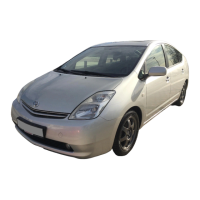
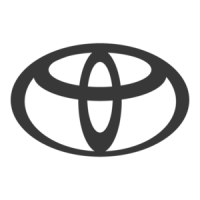
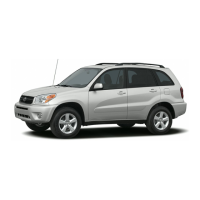
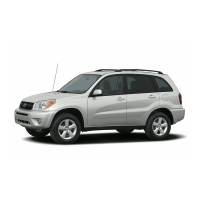
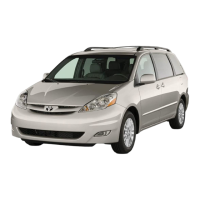


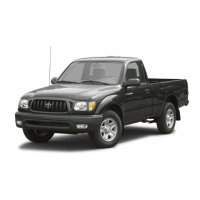
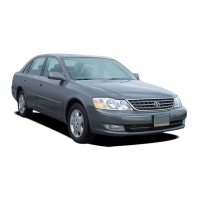
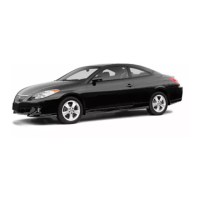


